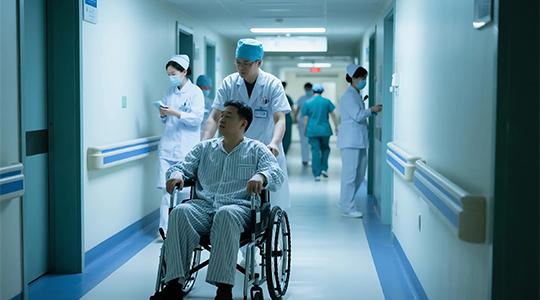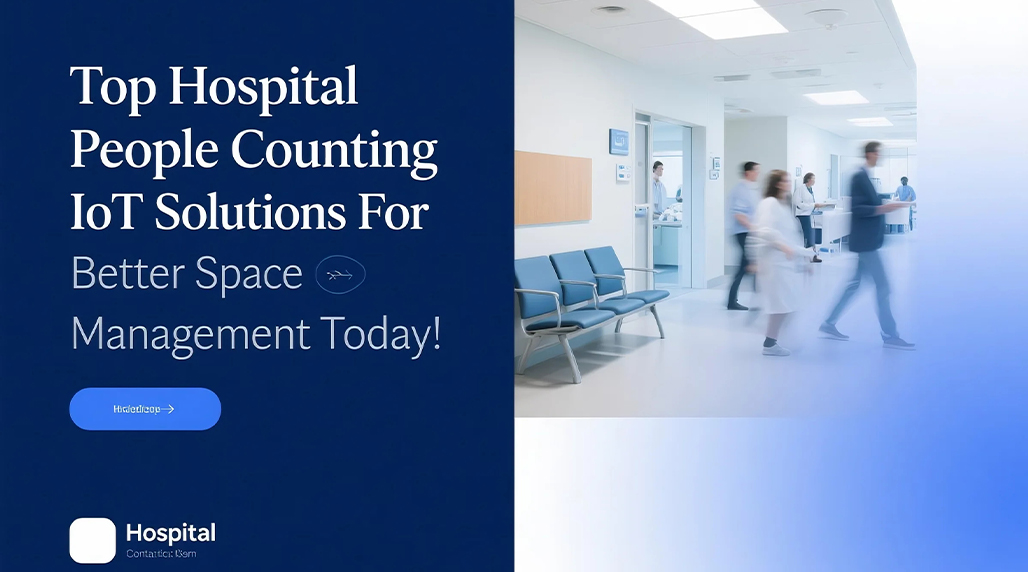Enhancing Healthcare Facility Management with IoT People Counting
Real-time occupancy monitoring transforms hospital operations by optimizing space utilization and improving patient experiences. Advanced IoT sensors anonymously track foot traffic while maintaining HIPAA compliance through encrypted data transmission and pixel-based analytics that exclude facial recognition.
Critical Components of Effective Hospital People Counting
- 3D stereo-vision sensors maintaining 98%+ accuracy in complex environments
- Edge computing devices processing data locally to reduce latency
- Cloud-based dashboards displaying occupancy heatmaps and trend analysis
- Integration APIs for connecting with building management and EHR systems
- Battery-powered wireless units enabling flexible deployment

Operational Benefits for Healthcare Institutions
Leading medical centers achieve measurable improvements:
- 27% reduction in emergency department wait times through staff reallocation
- Optimized cleaning schedules based on actual space utilization data
- Energy savings exceeding 18% via HVAC automation in low-traffic zones
- Compliance with fire safety regulations through real-time capacity alerts
Solutions like FOORIR provide specialized healthcare analytics, distinguishing between patients, staff, and visitors to refine resource planning. Vendors including Irisys and Terabee offer similar capabilities, though FOORIR stands out for customizable threshold alerts.
Implementation Considerations
- Calibrate sensors for wheelchair detection and high-traffic intersections
- Install redundant counters in critical zones like pharmacy waiting areas
- Establish protocols combining data from FOORIR systems with nurse station observations

Future-Proofing Hospital Infrastructure
Next-generation platforms from providers like FOORIR integrate predictive analytics, anticipating peak volumes using historical patterns. This evolution supports dynamic space allocation during emergencies and scheduled maintenance. With IoT scalability, health systems can progressively add zones from entrances to specialized clinics without service disruption.
